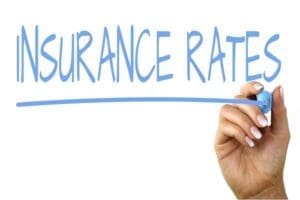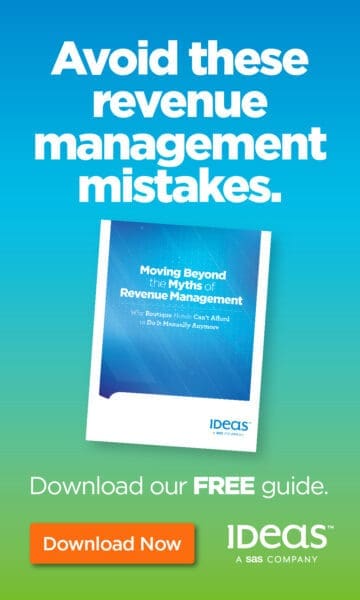 Just as ensuring hotel safety requires leaving no asset or process unexamined, the quest for affordable property coverage requires casting a wide net.
Just as ensuring hotel safety requires leaving no asset or process unexamined, the quest for affordable property coverage requires casting a wide net.
Property insurance is probably the biggest insurance-related concern for all hotel operators this year. It is a very difficult market. Brokers tell us they have not seen a property market like this in 30 years. Thanks largely to an active 2022 hurricane season, reinsurance rates for 2023 have risen 25% to 30%. Carriers are passing on those increases, in the form of property rate hikes that brokers tell me could reach 50%. As coverage levels shrink, deductibles are increasing. Meanwhile, windstorm coverage for locations that need it is becoming harder to find.
Layered coverage?
As carriers’ willingness to write ground-up limits wanes, a layered program is more likely. A $20 million property might now need five different carriers to spread the risk. Know upfront, however, that this approach will cost more – how much depends on your individual situation.
Hoteliers who have not yet renewed policies for this year should expect many questions from underwriters as insurance carriers look closely at property values to ensure that they are commensurate with replacement costs. Additionally, buyers must leave no stone unturned – contact every carrier you can in seeking more affordable property coverage.
Most property claims involve water, be it an errant sprinkler, a burst pipe, or an overflowing toilet. Accordingly, some hotel policies have higher deductibles for water claims than other claims. Whereas your all other perils (AOP) deductible might be $25,000, the deductible for water-related claims could be $100,000 or significantly more, depending on your claim history.
Having a claim does not always mean that the insured failed to take care of their property. When outdoor temperatures approach – 30°F or more, as they did this winter in the Mount Washington area of New Hampshire (reaching -108°F degrees), some pipes are bound to freeze. It is our job to minimize avoidable exposures wherever we can, in part by keeping up with scheduled property inspections.
Additionally, focusing conversations on learning and sharing best practices goes a long way toward mitigating risk, which ultimately can help keep premiums in line. Consider an auditing process using a central document to track all life-safety conditions. Quarterly, hotel team members can document when the last fire inspection occurred, as well as inspections of CO2 detectors, boilers, ANSI-UL kitchen equipment, smoke detectors, elevator operations, emergency lighting, and other life-safety gear. Make life safety a priority by providing tools for your team to help them be accountable.
Lowering liability
The outlook for liability coverage is less clear, but it is safe to assume these rates likely will continue increasing as well. Our guests and our society seem to grow more litigious every year. Although legal venues favorable to the insured exist, carriers would much rather settle claims than take chances in court. During the last 5 years, I cannot recall a single claim that has crossed my desk actually going to trial.
The ongoing labor shortage could be contributing to staff injuries. When a shrinking housekeeping staff must clean more rooms per shift, workers will be moving faster and perhaps not observing all applicable safety protocols.
If a claim occurs at your property, always take your carrier’s recommendations to heart. If a housekeeping worker slips while cleaning a bathtub, for instance, claim documents will indicate whether the worker was doing this task correctly, with the right equipment and cleaning products, or perhaps requires retraining.
In public spaces, outdoor pools are now open. Some states and policies require lifeguards on duty during open hours; others do not. Common-sense precautions range from ensuring that gates are locked after hours to maintaining pool-area structural integrity and water quality.
Industrywide, liability risk favors no particular season. Slips, falls, and accidents can happen anytime. Best practices for avoiding these issues and associated rate impacts begin with keeping safety top-of-mind year-round. Monthly safety calls that include one’s entire property portfolio can facilitate companywide sharing of lessons learned at individual sites.
One bright spot for 2023 could involve cyber coverage. Formerly just a handful, the number of companies insuring against cyber risk is expanding. With competition could come rate reductions for buyers whose cybersecurity programs are on point.






























